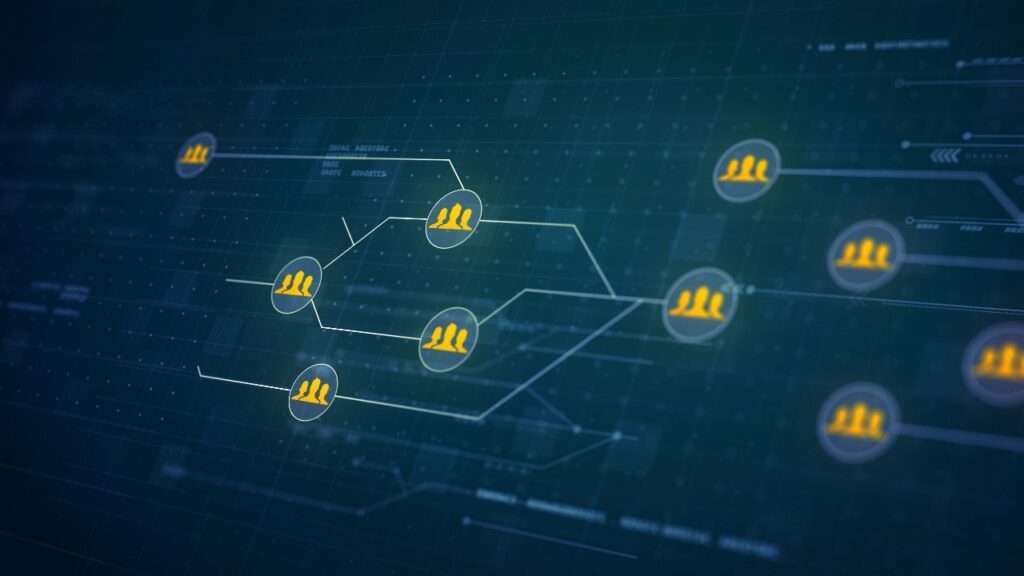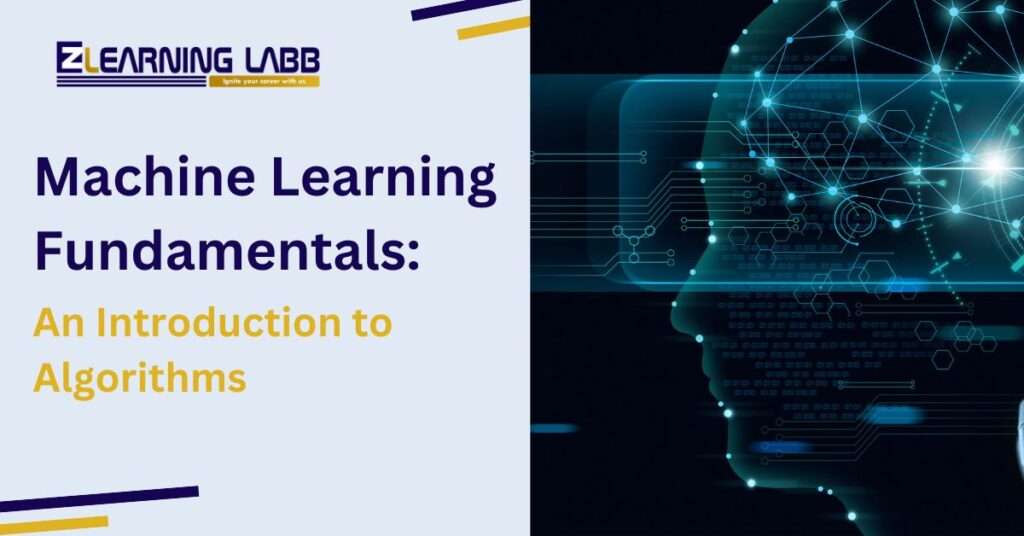In an era where data has become the new currency, the field of machine learning has risen to prominence. Machine learning, a subset of artificial intelligence, enables computers to learn and make predictions or decisions without explicit programming. At the heart of machine learning are algorithms—sophisticated mathematical models that power intelligent systems. In this comprehensive guide, we will introduce you to the fundamentals of machine learning, explore the role of algorithms, and delve into the two main categories of machine learning: supervised and unsupervised learning.
The Foundation of Machine Learning: Algorithms
Machine learning algorithms serve as the core engine that drives the learning and decision-making capabilities of intelligent systems. These algorithms are designed to discover patterns, extract insights, and make predictions based on data. To understand how machine learning works, it’s essential to grasp the following key concepts:
Data: At the heart of every machine learning project is data. This can include structured data (such as numerical values in a spreadsheet) or unstructured data (such as text, images, or audio). The quality and quantity of data significantly impact the success of a machine learning algorithm.
Features: Features are specific attributes or characteristics within the data that the algorithm uses to make predictions. For example, if you’re building a machine learning model to predict housing prices, features could include the number of bedrooms, square footage, and location.
Labels: In supervised learning, data is typically labeled. Labels represent the correct output or target variable. For instance, in a spam email classification task, the labels would indicate whether an email is spam or not.
Training: Machine learning algorithms learn from data during the training phase. This involves feeding the algorithm a dataset consisting of both features and labels. The algorithm adjusts its internal parameters to minimize the difference between its predictions and the actual labels.
Testing: After training, the model is tested on a separate dataset to evaluate its performance. This testing dataset also contains features and labels, but the labels are not used during testing. The model’s predictions are compared to the actual labels to assess accuracy.
Supervised Learning: Teaching Machines to Make Predictions
Supervised learning is one of the two primary categories of machine learning, the other being unsupervised learning. In supervised learning, the algorithm is provided with a labeled dataset, and its primary objective is to learn a mapping from inputs (features) to outputs (labels) based on the training data. Supervised learning is used for tasks like classification and regression.
Classification
Classification is a supervised learning task where the goal is to categorize data points into predefined classes or categories. For example, email spam detection is a classification task where the algorithm learns to classify emails as either spam or not spam. Common classification algorithms include:
Logistic Regression: Despite its name, logistic regression is used for binary classification tasks. It models the probability of an input belonging to a particular class.
Decision Trees: Decision trees divide the data into branches or nodes, making decisions at each node based on features, eventually classifying the data into categories.
Random Forests: A random forest is an ensemble of decision trees, which can improve classification accuracy and reduce overfitting.
Support Vector Machines (SVM): SVM seeks to find a hyperplane that best separates data points into different classes.
Regression
Regression, another form of supervised learning, is used when the target variable is continuous and numerical. It involves predicting a continuous output based on input features. Common regression algorithms include:
Linear Regression: Linear regression models the relationship between the input features and the target variable as a linear equation.
Polynomial Regression: For situations where the relationship is more complex, polynomial regression allows for higher-degree polynomial equations.
Support Vector Regression (SVR): SVR is an adaptation of SVM for regression tasks, seeking to find a hyperplane that best fits the data.
Unsupervised Learning: Discovering Patterns in Data
Unsupervised learning is the second major category of machine learning. Unlike supervised learning, unsupervised learning algorithms do not rely on labeled data. Instead, they aim to uncover patterns, structures, or relationships within the data. Common applications of unsupervised learning include clustering, dimensionality reduction, and recommendation systems.

Clustering
Clustering is an unsupervised learning technique that groups data points into clusters based on their similarities or dissimilarities. The goal is to find inherent structures within the data without prior knowledge of the groupings. Some popular clustering algorithms include:
K-Means Clustering: K-means partitions data into K clusters by minimizing the sum of squared distances between data points and the centroids of their respective clusters.
Hierarchical Clustering: Hierarchical clustering creates a tree-like structure (dendrogram) to represent the relationships between data points and clusters.
DBSCAN (Density-Based Spatial Clustering of Applications with Noise): DBSCAN identifies clusters based on the density of data points within a defined radius.
Dimensionality Reduction
Dimensionality reduction techniques aim to reduce the number of features while retaining the most important information. High-dimensional data can be challenging to visualize and analyze. Principal Component Analysis (PCA) and t-distributed Stochastic Neighbor Embedding (t-SNE) are popular dimensionality reduction methods.
Recommendation Systems
Recommendation systems are a specific application of unsupervised learning that provides personalized recommendations to users. They analyze user behavior and preferences to suggest products, content, or services. Collaborative filtering and content-based filtering are common techniques used in recommendation systems.
Challenges and Considerations
While machine learning algorithms have the potential to yield powerful insights, there are several challenges and considerations to keep in mind:
Data Quality: The quality of your data significantly impacts the performance of machine learning algorithms. Clean, well-structured data is crucial for accurate predictions.
Overfitting: Overfitting occurs when a model learns the training data too well and performs poorly on new, unseen data. Regularization techniques can help mitigate overfitting.
Bias and Fairness: Machine learning algorithms can inherit biases present in the training data. Ensuring fairness and addressing biases in algorithms is an ongoing concern in the field.
Interpretability: Some machine learning algorithms, particularly deep learning models, can be challenging to interpret. Interpretability is crucial in applications where transparency is required.
Scalability: For large datasets, choosing the right algorithms and optimizing their parameters is essential to ensure reasonable computation times.
Conclusion
Machine learning algorithms are the backbone of intelligent systems, enabling them to make predictions, uncover patterns, and provide valuable insights. Supervised learning, with its classification and regression tasks, is employed in situations where labeled data is available, while unsupervised learning is ideal for discovering hidden structures within data. As machine learning continues to evolve and find applications in various domains, understanding the fundamentals of algorithms and their role in data-driven decision-making becomes increasingly important. Whether you’re building recommendation systems, predicting customer behaviour, or clustering data, mastering machine learning algorithms is the key to unlocking the potential of your data.





